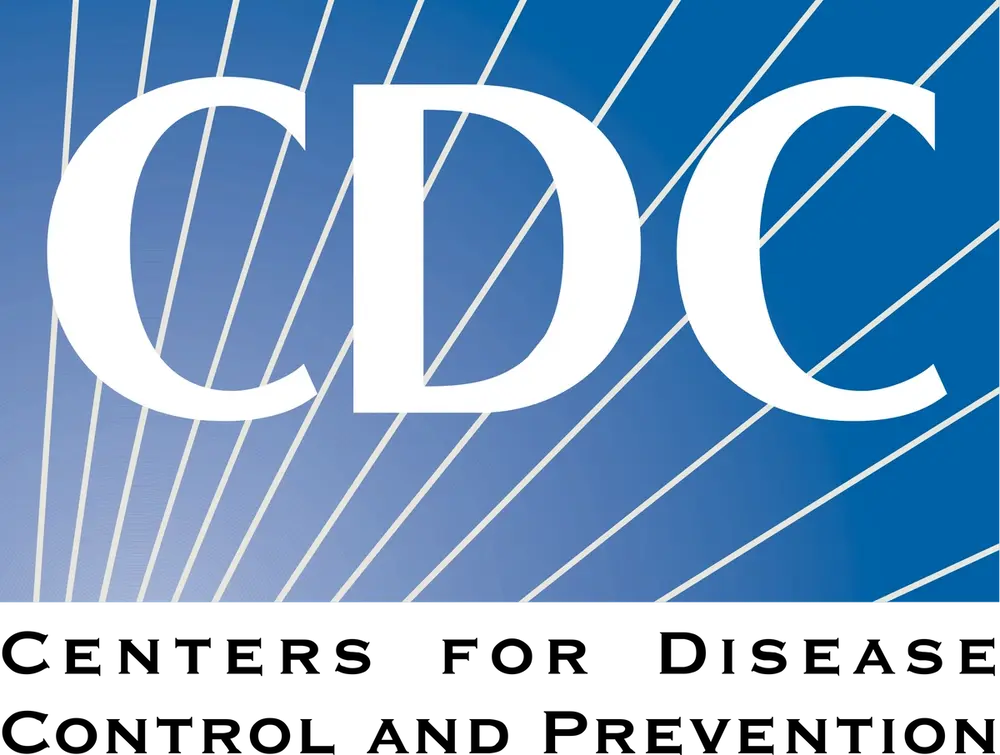The Centers for Disease Control and Prevention (CDC) has issued new recommendations1 for HCV testing of all perinatally exposed infants and children, and for referral of those testing positive to appropriate care, and the curative treatments that are approved for children as young as 3 years.
"Proper identification of perinatally infected children, referral to care, and curative treatments are critical to achieving the goal of hepatitis C elimination," declared Lakshmi Panagiotakopoulos, MD, Division of Viral Hepatitis, National Center for HIV, Viral Hepatitis, STD, and TB Prevention, CDC, Atlanta, GA, and colleagues.
Four new recommendations were issued to address a greater than three-fold increase in HCV incidence among persons of reproductive age during the period of 2010-2021, and the 6 to 7 percent of perinatally exposed infants and children who acquire HCV infection.
The recommendations supplement those of 2020 for universal hepatitis C screening among adults, which includes universal screening of pregnant persons during each pregnancy; and they update guidance from 1998 on the type and timing of indicated testing, as that technology has evolved.
The four primary recommendations:
- HCV testing of all perinatally exposed infants with a nucleic acid test (NAT) for detection of HCV RNA age 2-6 months
- Consultation with a health care provider with expertise in pediatric hepatitis C management for all infants and children with detectable HCV RNA
- Perinatally exposed infants and children with an undetectable HCV RNA result at or after age 2 months do not require further follow-up unless clinically warranted
- A NAT for HCV RNA is recommended for perinatally exposed children aged ≥18 months who previously have not been tested
Perinatal exposure occurs in infants born to pregnant persons with detectable HCV RNA, in testing which Panagiotakopoulos and colleagues acknowledge is not consistently obtained during pregnancy.
"Because recommendations have recently shifted from risk-based to universal screening, uptake of HCV screening during pregnancy is evolving," they commented.
What You Should Know
The CDC emphasizes the importance of testing all perinatally exposed infants for hepatitis C virus (HCV) using a nucleic acid test (NAT) for detection of HCV RNA between the ages of 2-6 months.
Infants and children with undetectable HCV RNA at or after age 2 months do not require further follow-up unless clinically warranted, streamlining interventions for those who do not test positive.
The recommendations highlight factors affecting HCV transmission, such as the association with poorly controlled HIV coinfection, the impact of antiretroviral therapy for HIV during pregnancy, and various aspects of delivery.
Panogiotakopoulos and colleagues note that transmission occurs more frequently with poorly controlled HIV coinfection, which might be more common in pregnant persons injecting drugs.They also indicate that use of antiretroviral therapy for HIV during pregnancy to lower HIV viral load is associated with lower rates of perinatal HCV transmission.
Several aspects of transmission are considered, including that HCV transmission risk is increased with membrane rupture lasting >6hours before delivery; and with use of internal fetal monitoring. Panogiotakopoulos and colleagues also note that amniocentesis is usually recommended over chorionic villus sampling when invasive testing is indicated.
There is no evidence, they point out, that caesarean delivery is less likely than vaginal delivery to prevent perinatal HCV transmission. Breast feeding after delivery is also not associated with increased risk of HCV transmission, unless nipples are cracked or bleeding.
Recognizing that costs presents a barrier to treatment, the recommendations include calculations of cost-effectiveness.Costs and health outcomes of various testing strategies incorporated rates of spontaneous clearance of infection. Outcomes included diagnosed infections, treated or cured infections, hepatocellular carcinoma, liver transplants, and liver-related deaths. Among several modeling studies, the strategy of testing known perinatally exposed infants with a NAT for HCV RNA at age 2-6 months was determined to achieve both cost-savings and improve health outcomes.
"Better understanding is needed regarding how to improve linkage to care for these infants, specifically barriers to testing and reasons why testing is not done and identified children are not referred to appropriate providers for follow-up," Panogiotakopoulos and colleagues urge.
Reference
1. Panagiotakopoulos L, Sandul AI, Conners EE, et al. CDC Recommendations for hepatitis C testing among perinatally exposed infants and children—United States, 2023. MMWR. 2023; 72(4):1-19.

